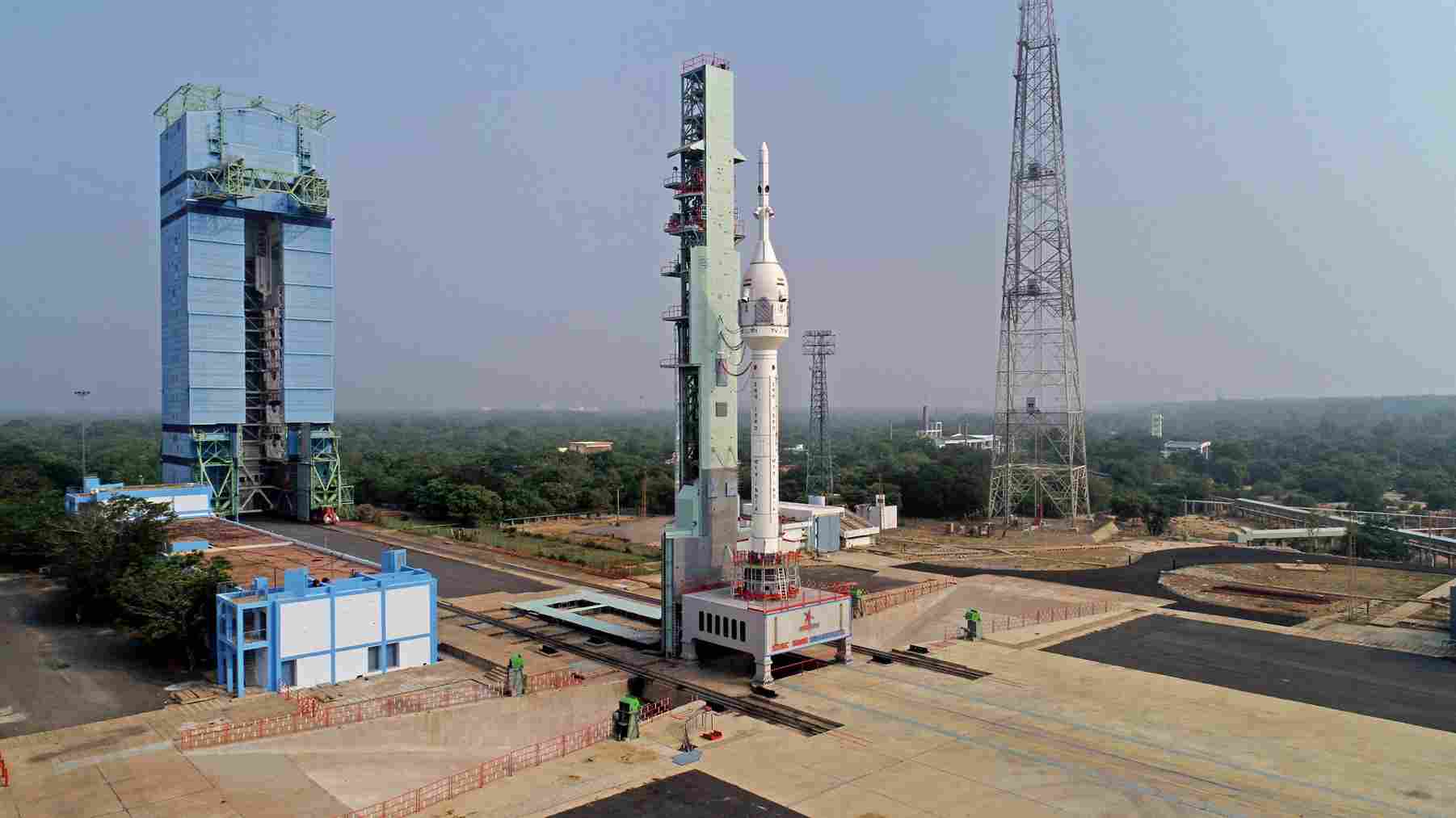The Gaganyaan project stands as a testament to India’s ambitious foray into human spaceflight, bearing the weight of scientific and technological aspirations. Named after the Sanskrit term for “craft to the sky,” this monumental endeavor comes at a substantial cost of ₹90 billion, underscoring the nation’s commitment to space exploration. If successful, Gaganyaan will catapult India into an elite league, joining the ranks of the Soviet Union, the United States, and China as one of the few nations capable of sending humans into space.
The primary objective of the Gaganyaan mission is to demonstrate India’s human spaceflight capabilities. The plan involves launching a crew of three members into an orbit 400 kilometers above Earth for a duration of three days. The significance of this mission extends beyond its immediate goals, reaching towards establishing India as a key player in the global space community.
Central to the Gaganyaan mission is the intricate dance of advanced technology, human endurance, and scientific innovation. The spacecraft, comprising the Crew Module (CM) and Service Module (SM), is designed to navigate the challenges of space travel. The CM, a habitable space with an Earth-like environment, boasts a double-walled construction, incorporating a pressurized metallic inner structure and an unpressurized external structure with a Thermal Protection System (TPS). This meticulously engineered module houses crucial elements such as crew interfaces, life support systems, avionics, and deceleration systems, ensuring the safety and well-being of the astronauts during their journey and descent to Earth.
The SM plays a vital role, providing necessary support to the CM while in orbit. It is an unpressurized structure containing essential systems such as thermal control, propulsion, power, avionics, and deployment mechanisms. Together, the CM and SM form a comprehensive system that exemplifies India’s prowess in space technology.
The Human Rated LVM3 (HLVM3) serves as the launch vehicle for the Gaganyaan mission, a reconfigured and human-rated version of ISRO’s reliable heavy-lift launcher. HLVM3, consisting of solid, liquid, and cryogenic stages, is equipped with a Crew Escape System (CES) powered by quick-acting, high-burn-rate solid motors. This system ensures the crew module, along with the astronauts, can be safely propelled to a secure distance in case of emergencies during launch or ascent phases.
The Gaganyaan project is not merely a one-off achievement but sets the stage for India’s long-term vision in space exploration. The success of this mission will not only mark India’s entry into the exclusive club of spacefaring nations but also lay the groundwork for future endeavors. This includes the development of critical technologies such as life support systems, human factors engineering, and bioastronautics, setting the stage for potential space station construction, interplanetary collaborative missions to the Moon and Mars, and ventures into the realm of near-Earth asteroids.
In essence, the Gaganyaan project represents more than a space mission; it symbolizes India’s determination to explore the cosmos, pushing the boundaries of scientific achievement and technological prowess. The successful TV-D1 launch serves as a beacon of progress, illuminating the path towards a future where Indian astronauts journey into space, leaving an indelible mark on the history of space exploration.

